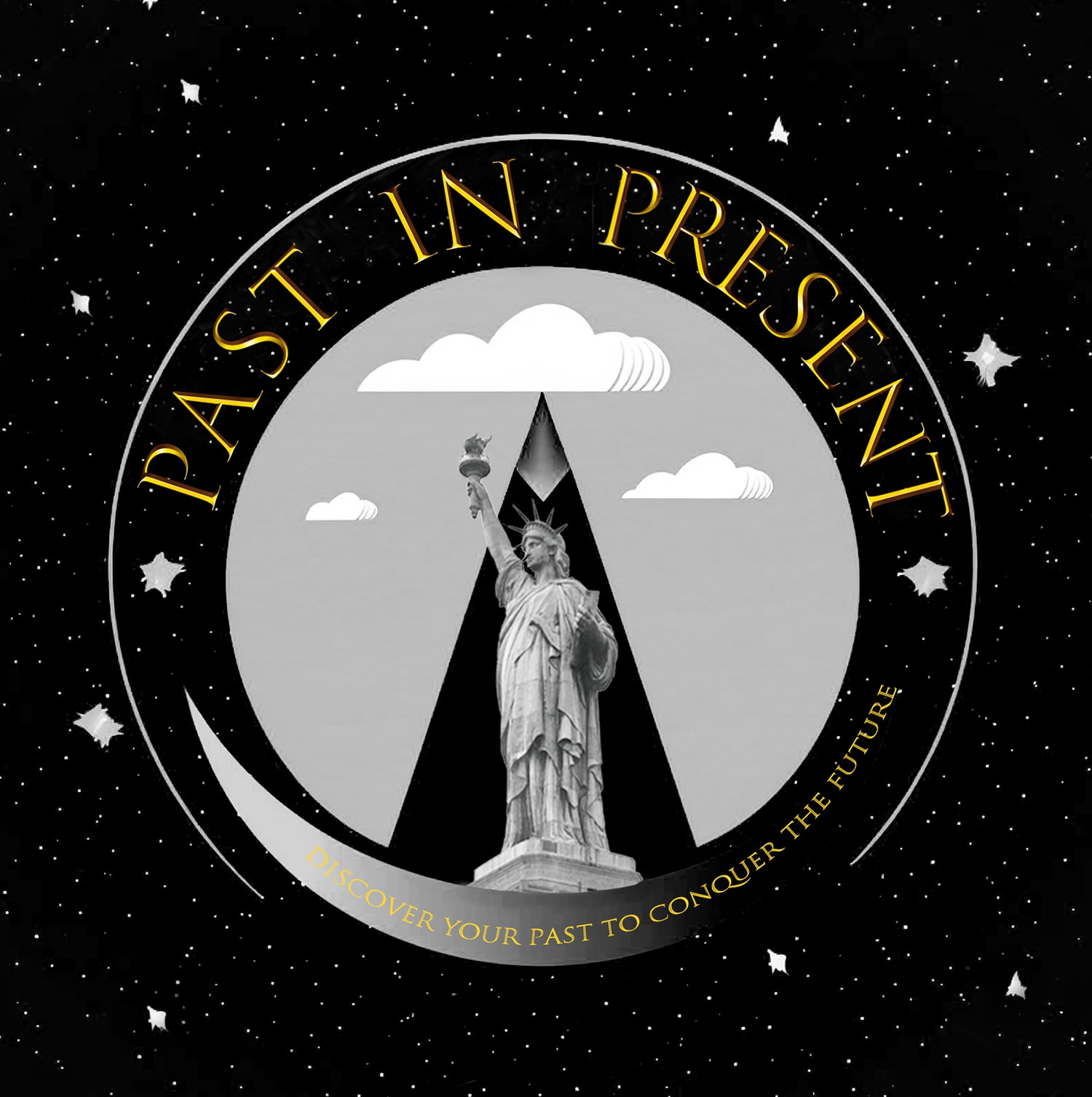 “Joseph And Joachim” Shake On Partition Of Poland in Moscow. Joseph Stalin (L) Russian dictator, and Joachim von Ribbentrop, German Foreign Minister, shake hands after signing the Soviet - German Treaty of Friendship and agreeing on how Poland should be partitioned, 1939
“Joseph And Joachim” Shake On Partition Of Poland in Moscow. Joseph Stalin (L) Russian dictator, and Joachim von Ribbentrop, German Foreign Minister, shake hands after signing the Soviet - German Treaty of Friendship and agreeing on how Poland should be partitioned, 1939
 “Joseph And Joachim” Shake On Partition Of Poland in Moscow. Joseph Stalin (L) Russian dictator, and Joachim von Ribbentrop, German Foreign Minister, shake hands after signing the Soviet - German Treaty of Friendship and agreeing on how Poland should be partitioned, 1939
“Joseph And Joachim” Shake On Partition Of Poland in Moscow. Joseph Stalin (L) Russian dictator, and Joachim von Ribbentrop, German Foreign Minister, shake hands after signing the Soviet - German Treaty of Friendship and agreeing on how Poland should be partitioned, 1939
 “Joseph And Joachim” Shake On Partition Of Poland in Moscow. Joseph Stalin (L) Russian dictator, and Joachim von Ribbentrop, German Foreign Minister, shake hands after signing the Soviet - German Treaty of Friendship and agreeing on how Poland should be partitioned, 1939
“Joseph And Joachim” Shake On Partition Of Poland in Moscow. Joseph Stalin (L) Russian dictator, and Joachim von Ribbentrop, German Foreign Minister, shake hands after signing the Soviet - German Treaty of Friendship and agreeing on how Poland should be partitioned, 1939
“Joseph And Joachim” Shake On Partition Of Poland in Moscow after signing the Soviet - German Treaty of Friendship. , 1939
22.9 x 18 cm
Further images
Nazi German Foreign Minister Joachim von Ribbentrop shook hands with Soviet dictator Joseph Stalin after the signing of the German-Soviet Non-Aggression Pact on August 23, 1939 at the Kremlin in Moscow. The pact, also known as the Molotov-Ribbentrop Pact, the Nazi-Soviet Pact, or the Hitler-Stalin Pact, was an agreement between the two former enemies to not attack each other for 10 years. The pact also allowed the countries to divide Eastern Europe into "spheres of influence" and called for economic cooperation and territorial expansion.
The pact surprised the world because of the opposing ideologies of the two countries, but both dictators were acting in their own political interests. Stalin saw the pact as a way to keep the Soviet Union at peace with Germany and give him time to strengthen the military. Hitler used the pact to ensure Germany could invade Poland without opposition. However, the pact fell apart in June 1941 when Nazi forces invaded the Soviet Union, setting the stage for World War II.







